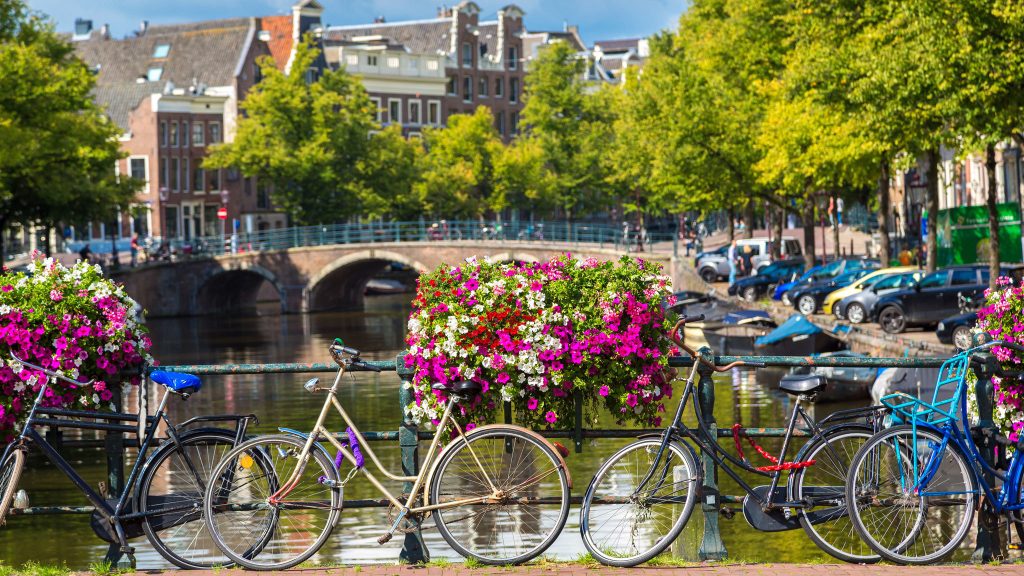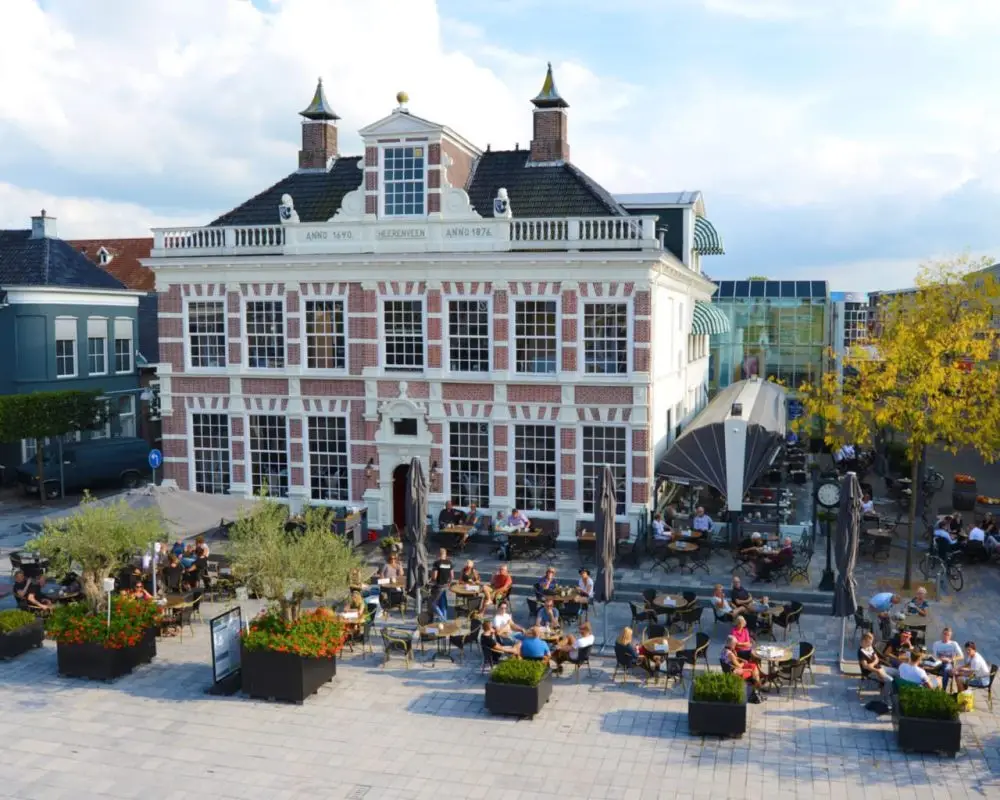Many people are concerned about how to obtain Dutch citizenship in 2025. The answer lies not in the glamour of Amsterdam, but in following the legal requirements and providing facts from your immigration history. Every path to citizenship is not a formality, but a calibrated sequence of actions where there is no room for chance. The conditions may have changed, but the system’s approach remains the same: strict but clear. If you have the necessary data, have taken the necessary steps and have serious intentions – the goal is achievable. We will go through each method in detail, focusing on the key requirements and steps.
Legal start: through naturalisation
Naturalisation is the classic way of obtaining Dutch citizenship. It is suitable for most migrants who have undergone long-term adaptation.
Prerequisites:
- continuous residence for at least 5 years under a Dutch residence permit, including residence in the Kingdom for at least 80% of the time;
- Successful completion of a language, culture and constitutional exam;
- no criminal record;
- renunciation of previous civil status, with few exceptions.
As of 1 January 2025, the integration exam has been modernised. It is fully digitalised. It includes listening, a written part and an interview. The average level of requirements is B1, according to the CEFR. The result is Dutch citizenship, with all the rights of an EU citizen.
Option: shortcuts for “their own”
 The optatisation procedure is not an indulgence, but a recognition of the rights of persons historically linked to the Netherlands. It is one of the least known but realistic ways of obtaining Dutch citizenship.
The optatisation procedure is not an indulgence, but a recognition of the rights of persons historically linked to the Netherlands. It is one of the least known but realistic ways of obtaining Dutch citizenship.
Those who can take advantage of it are:
- persons who were born in the country and have lived there for at least 3 years;
- children whose parents are Dutch;
- former subjects of the kingdom who have lost their passport for technical reasons.
The opt-in process is a pure formality: registration in the municipality, submission of an application, confirmation of facts. The passport is issued after 3-6 months. The principle of confirmation, not proof, applies here.
By birth and by blood: transfer by law
It is possible to acquire Dutch citizenship by birthright if one of the parents is a Dutch citizen. Act No. 305 (ed. 2022) preserves this right regardless of the territory of birth. When you are born in the country from foreign parents, you are not granted a passport of the country. But after 3 years of residence it is possible to apply for an option. Adoption by a Dutch citizen gives the right to formalisation, subject to international norms.
How to obtain Dutch citizenship through marriage
Marriage to a Dutch citizen does not automatically entitle you to Dutch citizenship, but it does open the way to citizenship through naturalisation. One of the key conditions is a minimum of 3 years of living together in the Netherlands or 5 years outside the Netherlands. The marriage must be intact at the time of application. The IND immigration office carefully checks the authenticity of the relationship. It looks at the presence of common children, shared household, photographs, correspondence and financial ties. In 2024, 12 per cent of applications were rejected because of suspected sham marriages. Preparation for filing should be as thorough as possible, focusing on the real facts of living together.
Dual nationality: strictly but with reservations
If you are thinking about obtaining a Dutch passport, it is important to consider the prohibition on dual Dutch citizenship. The law requires you to relinquish your former passport upon naturalisation.
Exceptions apply if:
- the country does not allow refusal (e.g. Iran);
- the applicant is married to a Dutchman;
- civilian status obtained by option;
- the loss of the first passport will result in damages;
- the person was born with two citizenships.
In 2024, the IND approved 23 per cent of applications with retention of previous citizenship. The decision depends on the circumstances and the level of integration.
Immigration and residence permit: transition to citizenship status
Any path to Dutch citizenship starts with legal status. Immigration to the Netherlands is by labour, study, family or humanitarian status. A permanent or long-term residence permit for the Netherlands is needed to go through the naturalisation procedure. Temporary residence permit is not taken into account. The steps include selecting a category, applying to the IND, possible MVV, registration, annual renewal. Since 2025, migrants follow the process through the DigiD online office.
Examination, language and culture: compulsory stage
The main filter on the way to how to get Dutch citizenship is the Inburgering exam. It includes:
- understanding, speaking and writing in Dutch;
- Knowledge of laws and social norms.
Until 2021 – A2 level, from 2022 – B1 level. In 2025 it is planned to strengthen to B1+ with the addition of digital skills. The integration course is compulsory. The municipality sends it to an accredited centre. The duration is up to 18 months. Without the course, refusal is inevitable, even if all other conditions are fulfilled. For children under 16 years of age, a simplified scheme is in place: the written part is adapted and the oral part is removed altogether.
How to build a path to legalisation and naturalisation
Emigration to the Netherlands is not just a change of country, but a strategic decision that opens the way to permanent residence. The initial step is to choose a solid migration base. One of the most attractive options is participation in the EU Blue Card programme. It provides a residence permit with the prospect of obtaining a permanent residence permit after three years, rather than the standard five. There is a special type of visa for innovative entrepreneurs. Called startup visa, issued with the support of one of the 36 recognised facilitators relevant for 2025.
Determining the basis for migration
The most common legal avenues are:
- employment under contract with a Dutch employer;
- training at accredited universities or research institutes;
- Family reunification or partnership with a national/resident of the country.
Financial planning
Living in the Netherlands requires a stable income and a clear budget:
- rent starts from 950 € per month (depending on the city and type of property);
- food costs – minimum 300 € per person per month;
- additional expenses: transport, mobile communications, utilities, leisure activities.
Analysing key areas
Before moving, it’s important to research:
- the labour market for your profession or business niche;
- health care system: compulsory insurance, choice of family doctor, registration with GGD;
- education: entry conditions, types of schools, language support for children and students.
Drawing up of mandatory documents
Legal residency requires:
- conclude a health insurance contract (basic policy is compulsory for all residents);
- open a bank account in a Dutch bank to receive your salary, pay your rent and other daily expenses;
- get a BSN (personal taxpayer number) – the key to accessing all state services.
Each of these steps is a brick in the foundation of your new life. The more thoroughly you work through the preparatory phase, the more confident you will feel as a new resident of the Netherlands. Start with the right strategy and it will only be a matter of time before you are on the road to citizenship.
How to obtain Dutch citizenship: conclusions
 Obtaining Dutch citizenship is a process that requires careful planning and strict adherence to regulations. Each path available consists of sequential steps that go far beyond mere formality. Citizenship status cannot be achieved without proven integration into society, proficiency in the national language and demonstration of strong ties to the country.
Obtaining Dutch citizenship is a process that requires careful planning and strict adherence to regulations. Each path available consists of sequential steps that go far beyond mere formality. Citizenship status cannot be achieved without proven integration into society, proficiency in the national language and demonstration of strong ties to the country.
Although the immigration system is transparent, it requires the active participation of the applicant at every stage. Only by completing all the necessary procedures legally can you gain access to a Dutch passport, the full range of rights of an EU citizen and a wide range of opportunities that are not limited by national borders.
 en
en  ru
ru  de
de  ar
ar  es
es  nl
nl  hi
hi  fr
fr  it
it  pt
pt  el
el 










